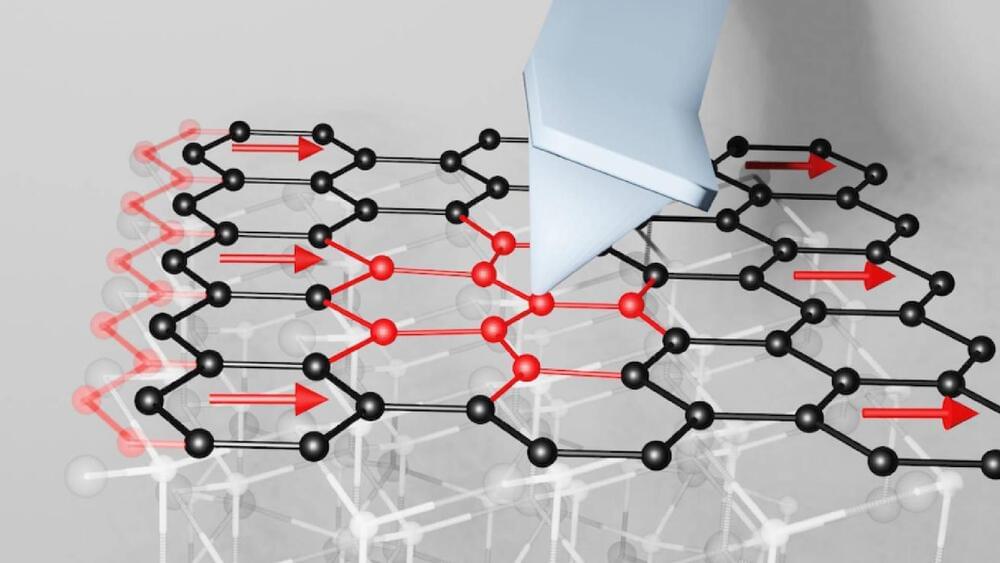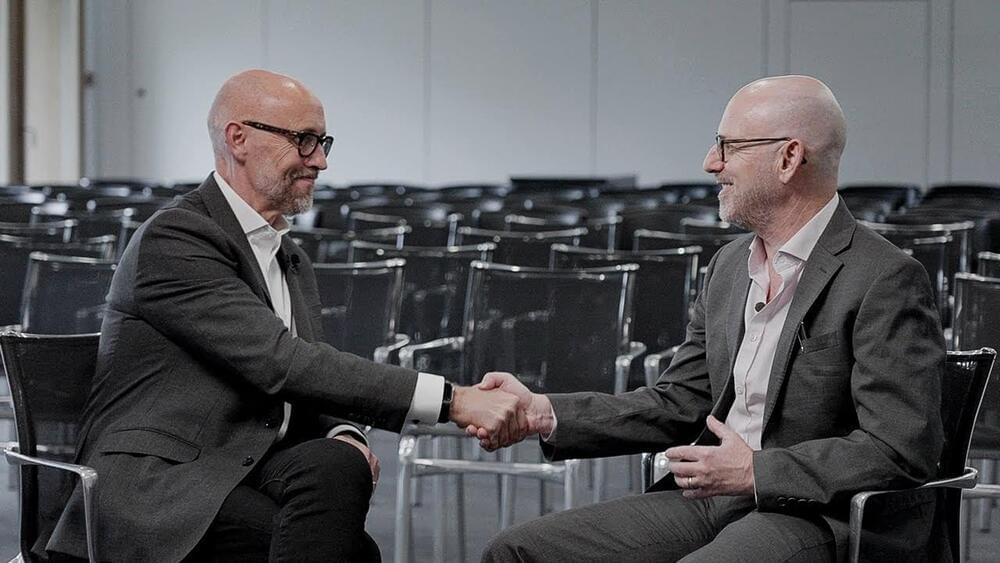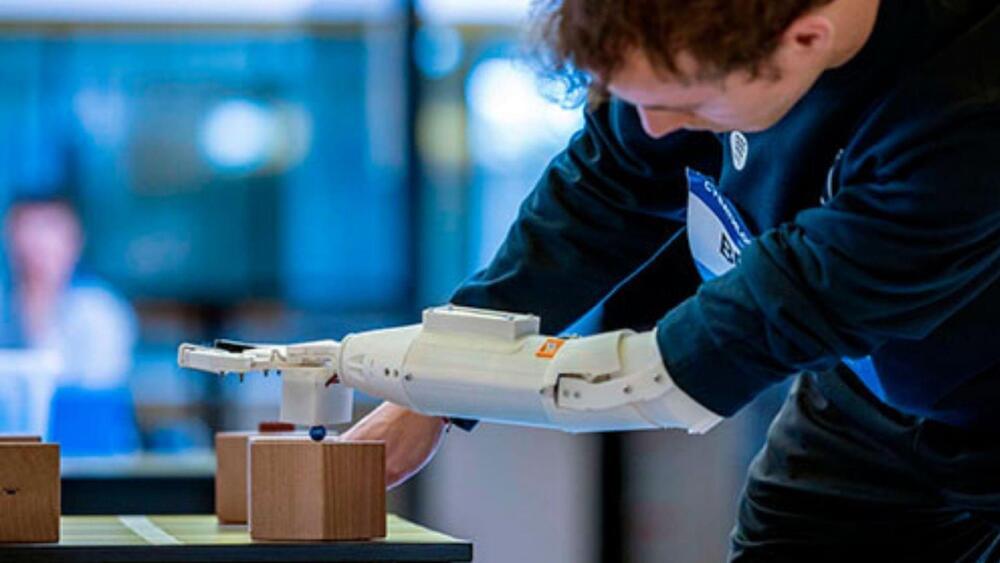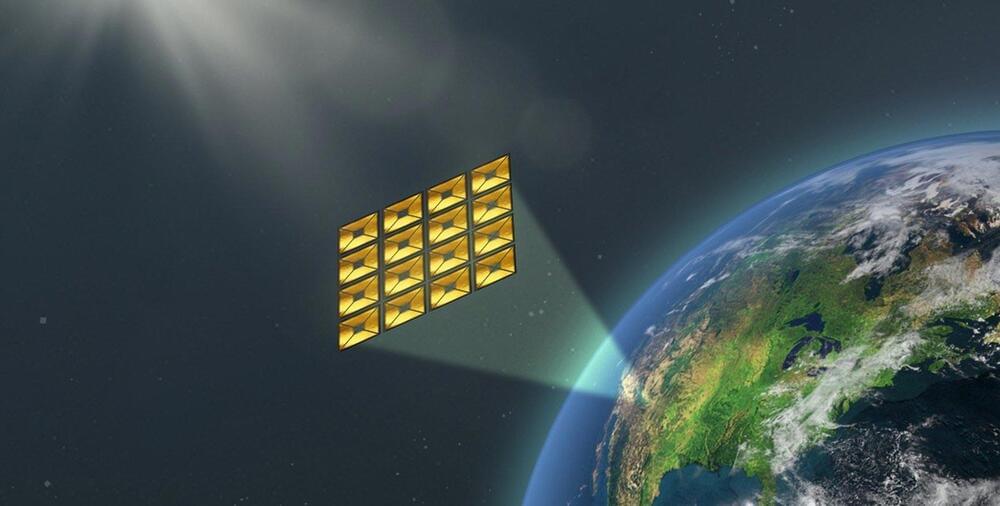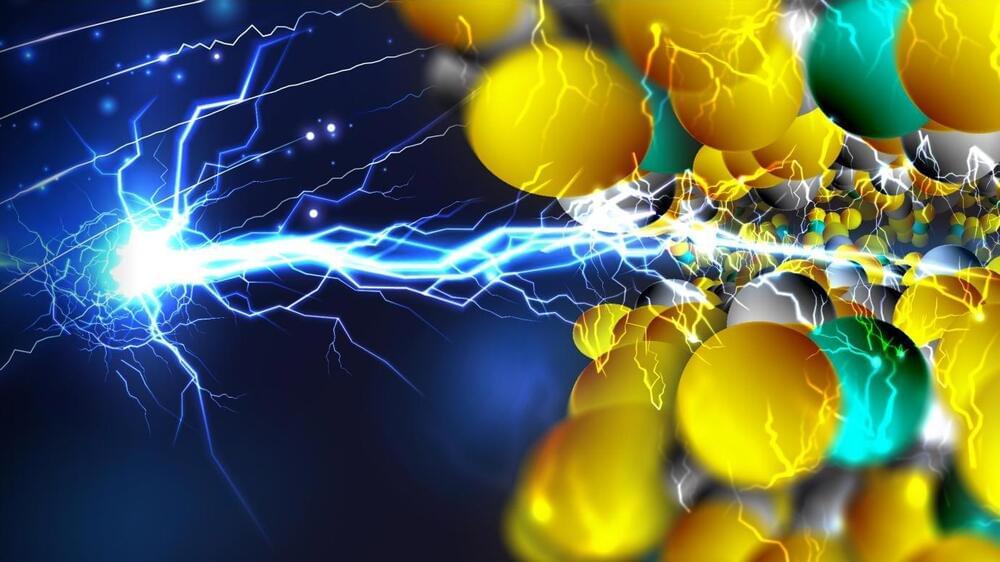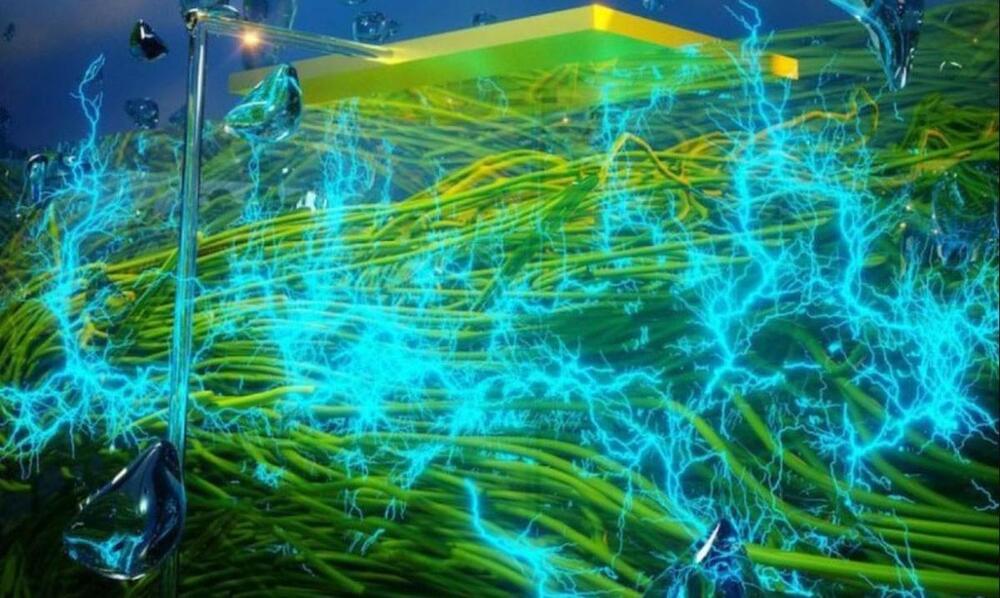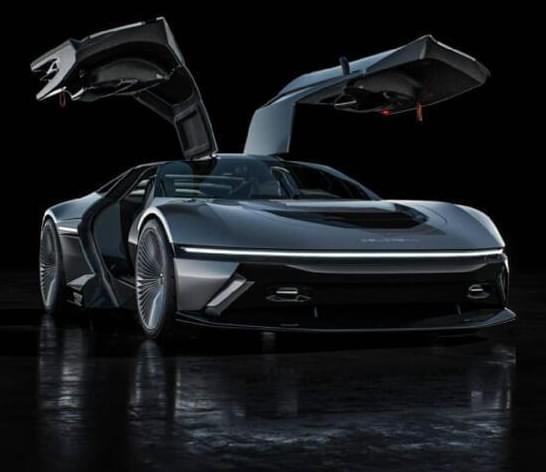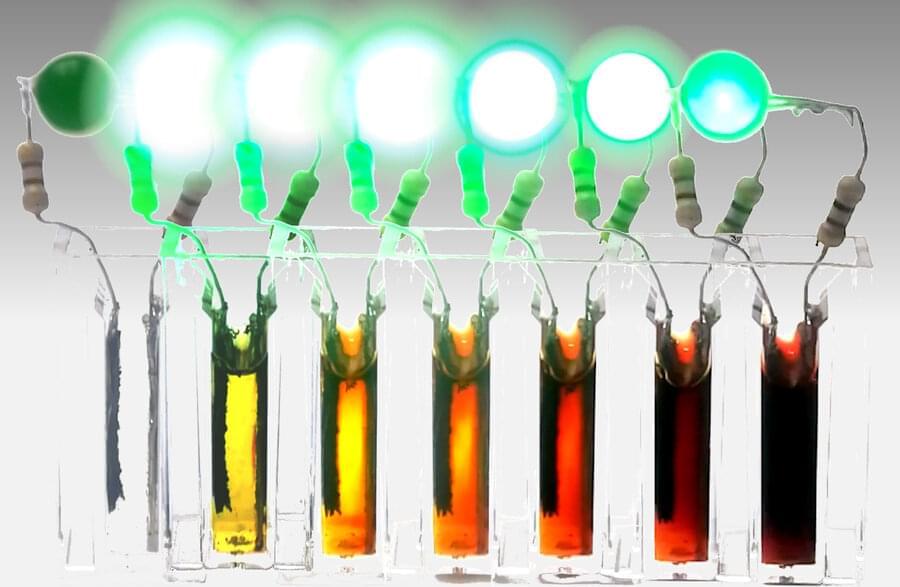
For the last few decades, battery research has largely focused on rechargeable lithium-ion batteries, which are used in everything from electric cars to portable electronics and have improved dramatically in terms of affordability and capacity. But nonrechargeable batteries have seen little improvement during that time, despite their crucial role in many important uses such as implantable medical devices like pacemakers.
Now, researchers at MIT have come up with a way to improve the energy density of these nonrechargeable, or “primary,” batteries. They say it could enable up to a 50% increase in useful lifetime, or a corresponding decrease in size and weight for a given amount of power or energy capacity, while also improving safety, with little or no increase in cost.
The new findings, which involve substituting the conventionally inactive battery electrolyte with a material that is active for energy delivery, are reported today in the journal Proceedings of the National Academy of Sciences, in a paper by MIT Kavanaugh Postdoctoral Fellow Haining Gao, graduate student Alejandro Sevilla, associate professor of mechanical engineering Betar Gallant, and four others at MIT and Caltech.
